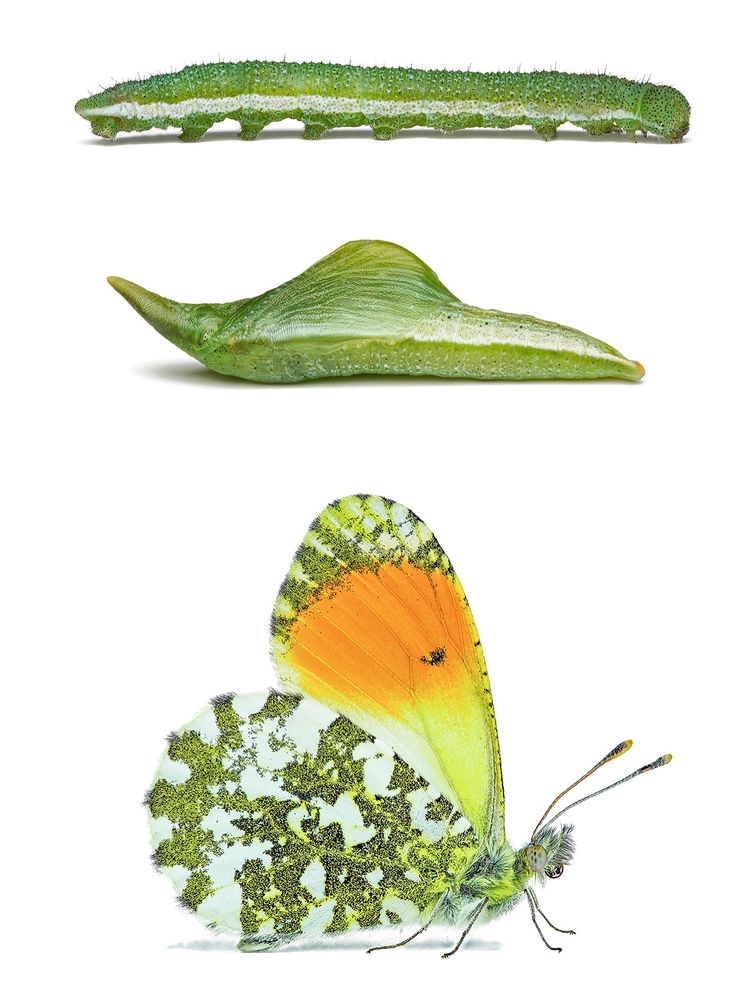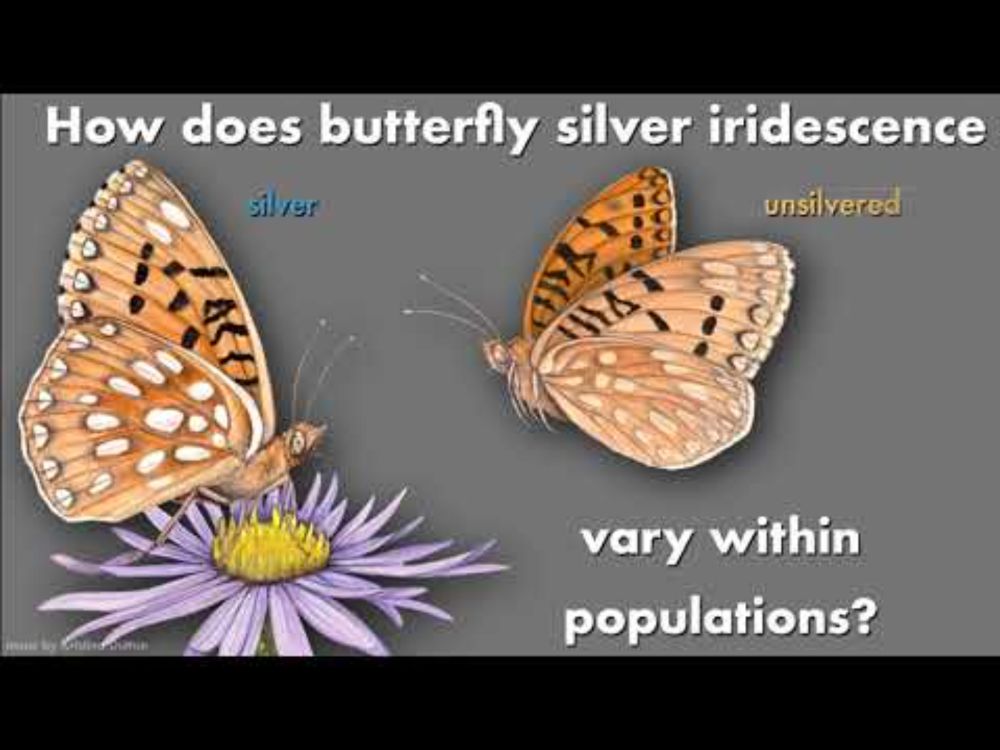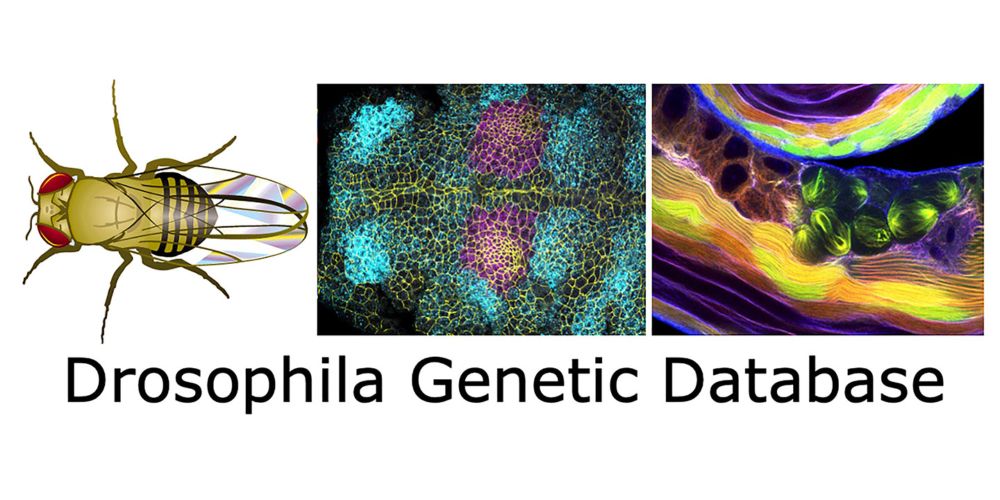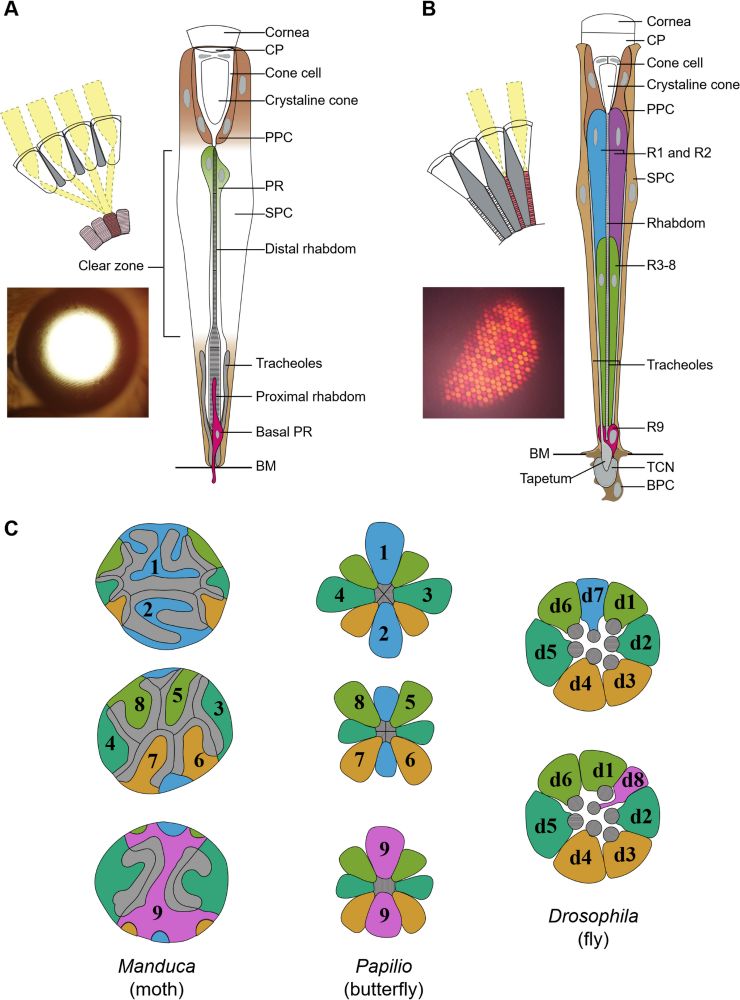I probably watched/read too much cyborg sci-fi a la Blade Runner ;-)
metabolism --> "distinctively biological purposiveness"
but this is not impossible to imaging it for machines.
09.10.2025 18:30 — 👍 1 🔁 0 💬 0 📌 0
I enjoyed Yogi's writing on this in the past. Thought Experiment
If we were giving AIs a body and metabolism + the need to forage their own energy to sustain their hardware and energetic balance...
Would that make them agents?
(they would need to acquire autopoiesis, would live in the large world)
09.10.2025 18:18 — 👍 0 🔁 0 💬 1 📌 0
Hiroshi Sugimoto, Lake Superior, 2003, silver gelatin print
07.10.2025 14:05 — 👍 29 🔁 4 💬 1 📌 1
My entry for today’s #FluorescenceFriday: a pupal #Drosophila testis with muscles expressing
🔵 lifeact &
🔴 RFP-nls
Honored & grateful to receive an honorable mention at @healthcare.nikon.com Nikon Small World 🌍🔬✨
🔗 www.nikonsmallworld.com/galleries/20...
#NikonSmallWorld #Microscopy #ScienceArt
03.10.2025 09:06 — 👍 222 🔁 43 💬 11 📌 2
It's official! We are moving to Stowers!
Very exciting opportunity to expand our studies of insect-plant interactions. We have many opportunities available in biochemistry, development, behavior, genetics, evolution, genomics, AI, and even pest control. Interested in any of these things? Reach out!
30.09.2025 20:15 — 👍 72 🔁 18 💬 12 📌 0
Fantastic news, good luck in this exciting transition and next chapter
30.09.2025 22:00 — 👍 0 🔁 0 💬 1 📌 0

Workshop: Novelty, Co-option and Divergence During Gene Network Evolution. Organisers: James Hombría and Antónia Monteiro. 14-17 June 2026, Buxted Park, East Sussex, UK. Early-career researchers apply for funded places.
Calling early-career developmental biologists!
Apply for a funded place at our #Workshop, Novelty, Co-option and Divergence During Gene Network Evolution.
Application deadline: 5 December
www.biologists.com/workshops/ju...
#DevBio #BiologistsWorkshops #Collaboration #Networking
28.09.2025 13:19 — 👍 16 🔁 16 💬 0 📌 2
C. elegans is a real animal and we set out to understand how it comes to have its distinctive biogeography. Its ancestral center of diversity is in the higher elevation forests of Hawaii. Its closest relatives are spread across east Asia. Did they travel from Asia? [Preprint 🧵]
24.09.2025 20:33 — 👍 164 🔁 79 💬 5 📌 8
YouTube video by Pawel Burkhardt
Flying into sensory and mesogleal neurons from a ctenophore (comb jelly).
Our lab is 2.5 years into #ERC funding✨
Grateful for the support that enabled us to uncover the syncytial nerve net in a ctenophore - a discovery reshaping our understanding of nervous system evolution. Stay tuned for more exciting discoveries to come @erc.europa.eu
www.youtube.com/watch?v=1DAE...
10.09.2025 13:32 — 👍 39 🔁 9 💬 0 📌 0
YouTube video by Arnaud Martin
The genetic basis of silver polymorphism in Speyeria mormonia butterflies
up-to-date Youtube link here
youtu.be/Kunvn2GDq8o?...
25.09.2025 15:48 — 👍 3 🔁 1 💬 0 📌 0
YouTube video by Storyful Viral
Two Hairy Frog-Fish Take a Walk
hurry up! there is competition
www.youtube.com/watch?v=P83B...
18.09.2025 05:08 — 👍 1 🔁 0 💬 0 📌 0
There is a fish somewhere who wrote "Your Inner Tetrapod"
17.09.2025 15:35 — 👍 1 🔁 0 💬 1 📌 0

this : 🤗
17.09.2025 15:33 — 👍 0 🔁 0 💬 1 📌 0
The buff-tip moth (Phalera bucephala) has mastered a very particular kind of camouflage.
When they close their wings up, they resemble a broken twig.
Native to large parts of Europe, there's regional pattern variation that reflects the local tree species. This one best resembles birch twigs?
17.09.2025 12:20 — 👍 4444 🔁 1385 💬 67 📌 141

this :
11.09.2025 03:16 — 👍 1 🔁 0 💬 0 📌 0
 02.09.2025 20:04 — 👍 42 🔁 6 💬 1 📌 0
02.09.2025 20:04 — 👍 42 🔁 6 💬 1 📌 0
sure, so I should add
3) if Ab dominant over ab but not over aB
then we have sign epistasis
I'm perfectly happy with what you said earlier
dominance : interaction between alleles of 1-locus
epistasis : between more than 1-locus
02.09.2025 05:36 — 👍 0 🔁 0 💬 0 📌 0
"Two physically distinct mutations in a gene interact such that the het is identical to one of the homozygotes"
... or they can also not-interact and still form a dominant allele...
02.09.2025 03:52 — 👍 0 🔁 0 💬 0 📌 0

Surely this table will help ;)
I don't see the interaction in example 2,
but it's late so please lmk
02.09.2025 03:23 — 👍 1 🔁 0 💬 1 📌 0
define a 2-bp locus with 4 alleles
1) if AB dominant over ab, Ab, and aB alleles
--> There is dominance with intralocus epistasis
2) if AB, Ab, and aB dominant over ab allele
These 3 alleles are dominant without intralocus epistasis
02.09.2025 02:50 — 👍 0 🔁 0 💬 2 📌 0
dominance --> one locus
epistasis --> interaction
they are not the same
Maybe the terminological kerfuffle is actually in "intralocus epistasis" because it implies two loci in one?
01.09.2025 23:47 — 👍 2 🔁 0 💬 1 📌 0
Another big paper by Francesco and members of the lab @ebablab.bsky.social. 😍👏
17.08.2025 21:55 — 👍 4 🔁 2 💬 0 📌 0
every single time
absolutely useless but gotta give it a little spin
14.08.2025 16:07 — 👍 1 🔁 0 💬 1 📌 0
how I feel using the keyence
25.04.2025 19:49 — 👍 57 🔁 9 💬 4 📌 1

Orange tip, Anthocharis cardamines. Five years after I found the butterfly, I was finally able to photograph the caterpillar and the pupa 🎉
11.08.2025 15:43 — 👍 268 🔁 63 💬 1 📌 2
🇨🇭 in 🇦🇹 Life beyond dogma! Free-floating systems thinker & natural philosopher. Antifragilist extemporanian metamodernist. Open science, society & living […]
[bridged from https://spore.social/@yoginho on the fediverse by https://fed.brid.gy/ ]
Naturalista & Evolutionary biologist
🦋🐝🐛🐜🪰
@University of Bristol
Virginie Hamel & Paul Guichard Lab at University of Geneva
#cryoEM/ET❄️ and #UExM ⚗️ #ExpansionMicroscopy #TeamTomo
Genève, Suisse 🇨🇭
https://mocel.unige.ch/research-groups/guichard-hamel/overv
The Teleman Lab at the German Cancer Research Center (DKFZ) in Heidelberg studies tissue and cell growth using Drosophila and human systems.
GitHub: https://github.com/teunbrand
genes, circuits, and behavioral evolution
Assistant Professor of Neural Science & Biology at NYU
he/him
GWAS whisperer.
It's usually the closest gene.
Executive Director, Integrative Biology, Internal Medicine Research Unit. Pfizer R&D. All views my own.
Also cats.
evolutionary/population/community ecologist
associate professor at NC State
Interests: 🧉🌱🏃🏾♀️🐦⬛🎶🏔️🏜️
www.seemasheth.weebly.com
she/her
views my own
Associate Professor in Evolutionary and Sensory Ecology - Swansea University, Wales www.easelab.uk
co-Director @crocus-dla.bsky.social
Senior Editor @ecol-evol.bsky.social
Prof at Cornell, #firstgen, immigrant 🇫🇷🇺🇸. Transposons, viruses, and all the cool stuff genomes are made of. https://www.feschottelab.com
Assistant Professor at Dartmouth College | she/her | Eco Evo Neuro Genetics | Also dogs, rowing, pottery, baking
https://sites.dartmouth.edu/behrmanlab/
Associate Prof of Biology at Howard University studying functional and evolutionary morphology #BlackLivesMatter (she/they)
Fully funded MS Programs in EEB:
https://docs.google.com/spreadsheets/d/1f34fVzPkKviz0732mU8YtkTnLVaNNUjK_SKCTSglD0o/
Evolution, development and developmental evolution. Neural crest cells, color patterns and the evolution of phenotypic syndromes. Postdoc at Max Plank Institute for Evolutionary Biology.
Associate Prof. @univie Mainly tweeting on animal development & evolution. also @ tim_wollesen@mastodon.world. Personal account - views are not of my working group or employer
Onychophora (velvet worms) | Millipedes | Evolution | Systematics | Genomics | PhD loading…😮💨🔬
President of SICB, Ostariophysan enthusiast, functional morphologist, larval fish biologist, morphological novelty, she/her/ella
Developmental genetics and evolution of the vertebrate skeleton. Postdoc in the Harris Lab at Boston Children's Hospital/Harvard Medical School. Every day is fin day. He/him/his.
Studying cell cycle regulation during development at the University of Michigan. also at buttitta@drosophila.social
into brain evolution & development, open science, art & science https://www.youtube.com/watch?v=6hMNZHsrNHw, music, making, javascript, contemporary dance https://www.youtube.com/watch?v=OZfHj7F2FzQ
website: katjaq.github.io
Scientist interested in Ants / Molecular Evolution / Population genomics / Phylogenomics











 02.09.2025 20:04 — 👍 42 🔁 6 💬 1 📌 0
02.09.2025 20:04 — 👍 42 🔁 6 💬 1 📌 0



